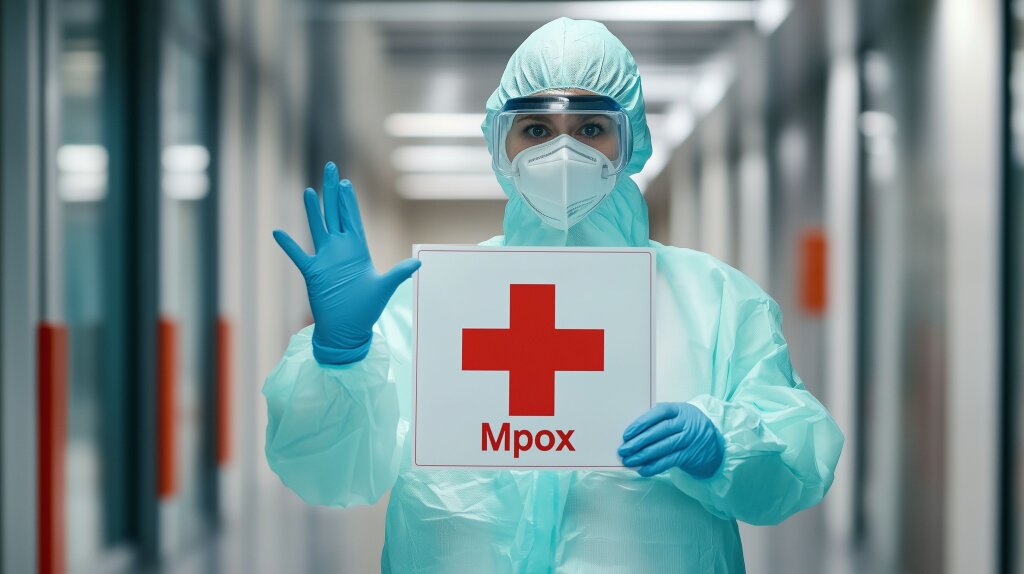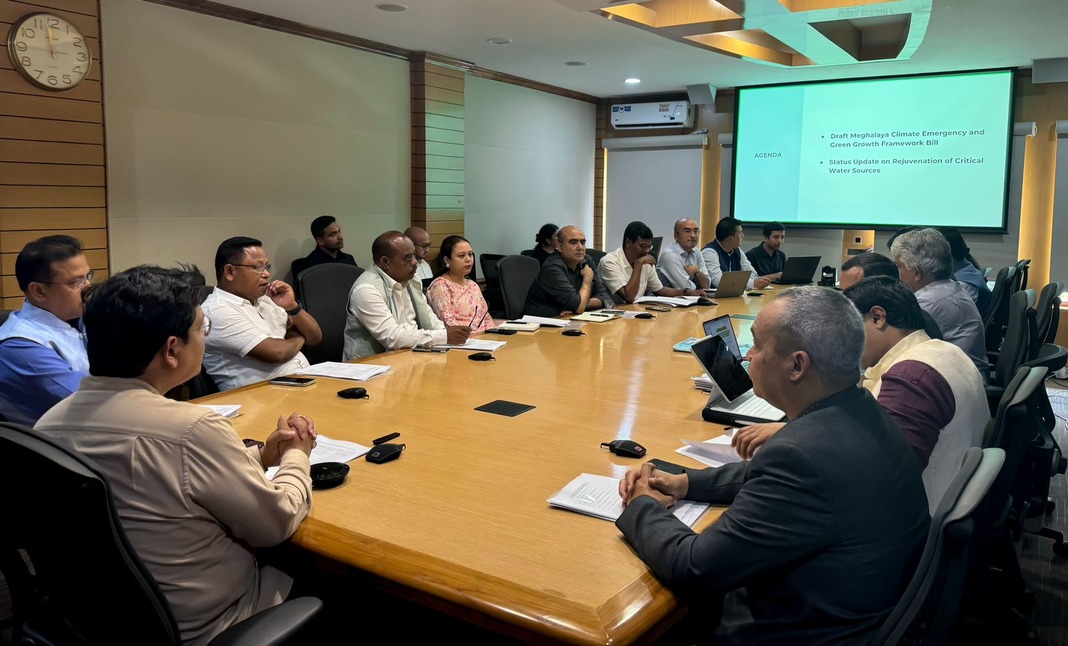The mpox outbreak in Africa is yet another example of how infectious diseases perceived to be “someone else’s problem”, and affecting mainly poor, developing countries, may suddenly pose unexpected global threats.
Other examples of neglected diseases include the West Nile, Zika and Chikungunya viruses.
Mpox was discovered in 1958 (in captive monkeys, hence the original misnomer “monkeypox”) and the first human case was identified in 1970. Then for decades it was largely neglected by the scientific and public health communities, regarded as an uncommon infection in remote rural areas in tropical Africa without relevance for the rest of the world.
When a massive mpox outbreak hit developed countries in 2022, increased research funding led to a surge in scientific studies. On just one medical search engine, there’s been more research produced since April 2022 than in the preceding 60 years.
The 2022-23 global mpox outbreak happened despite repeated calls from African researchers for increased global investment in diagnostic, therapeutic and infection prevention tools for mpox.
The WHO has now declared the current upsurge of mpox in central Africa a public health emergency of international concern.
This is the highest alert level for events that constitute a public health risk to other countries and requires a coordinated international response.
We are infectious disease researchers who have worked on HIV, SARS-CoV-2 and other viral infections.
Mpox’s recent history is yet another reminder that an infectious disease in one corner of the world should not be regarded as someone else’s problem, as it can suddenly start to spread fast and far.
It also highlights global inequities in resource allocation and access to vaccines, diagnostics and treatments. These were made available in many industrialised countries and helped curb the global outbreak, but are still largely lacking in most of Africa.
The 2022 outbreak: a total surprise
The disease has been renamed “mpox” but the name of the virus, for now, remains “monkeypox” (MPXV). It is closely related to the smallpox virus.
MPXV was considered a zoonotic disease endemic in parts of central and west Africa. It was acquired mainly through close contact with wild mammals, especially handling bush meat, but there was no sustained human-to-human transmission.
Only very occasionally were cases seen outside the endemic areas, due to infected travellers or import of infected small mammals.
This changed abruptly in 2022: a massive, rapidly evolving global outbreak caused over 99,000 laboratory-confirmed cases in 116 countries. At its peak in August 2022, over 6,000 cases were reported each week.
This outbreak came as a total surprise: most cases were reported from non-endemic countries, mostly in men who have sex with men who had become infected during recent sexual encounters.
Even though most cases were clinically not particularly severe and the death toll stands at just over 200, the global outbreak was declared a public health emergency of international concern by the World Health Organization on 23 July 2022.
Fortunately, case numbers soon plummeted due to a combination of behavioural changes and vaccination in at-risk groups.
Modern vaccines and antiviral drugs with activity against mpox were made available in many affected high-income countries.
These had been developed and stockpiled in the US and Europe, mostly in preparation for a potential bioweapon attack using a poxvirus.
The global outbreak in 2022 was caused by clade II of MPXV, which is endemic in west Africa and not as virulent as clade I MPXV, which so far has only been seen in the Congo Basin.
That first mpox public health emergency of international concern was declared over in May 2023.
Clade II MPXV infections are still occurring globally, but the worst seems over – for now.
Complacency would be misguided, as illustrated by the current mpox outbreak that is gathering steam.
Upsurge in Africa
The African region is experiencing an upsurge in mpox cases which started in 2023.
As the continent which includes the areas where mpox has been endemic for a long time, Africa now presents a complex mosaic:
cases arising from the endemic, largely zoonotic, pattern that used to be predominant in the past
cases linked to the 2022 global outbreak, for example in South Africa
most worryingly, ever increasing numbers of MPXV clade Ib infections reported from the Democratic Republic of Congo.
New, more dangerous strain
The current clade I MPXV (formerly called Congo Basin strain) is more virulent than the clade II (west African) strain, resulting in a higher case fatality rate.
The ongoing outbreak has its epicentre in South Kivu province, eastern DRC, and has the potential to fuel a large pandemic.
It has a distinct epidemiological pattern with sustained chains of human-to-human transmission, often via the sexual route.
It may have increased transmissibility (we don’t know yet).
The virus which causes it is the newly defined clade Ib lineage. It displays mutations that are the hallmark of human-to-human spread that is estimated to have been happening since September 2023.
Case numbers are rising rapidly, even though many suspected cases are likely not tested and thus not counted as confirmed. Complicating matters, a commonly used test was found to miss infections with this lineage of the virus.
It affects mostly adults.
The case fatality rate is higher than it was in the 2022 global outbreak.
Already, this outbreak has resulted in mpox cases occurring in several neighbouring countries, including some (like Kenya) with no previous record of mpox.
The challenge is enormous. The eastern DRC is an area beset by multiple problems. This includes natural disasters, violence and infectious diseases including measles, cholera and poliomyelitis for the DRC.
In recent years the second-largest Ebola outbreak ever took place in the wider area and, despite the availability of vaccines and treatments, posed considerable challenges.
What needs to happen
A recent article we co-authored in The Lancet Global Health outlines what needs to be done to contain this outbreak and prevent it from turning into an epidemic, possibly even a pandemic.
Equitable access to diagnostic tests, vaccines and antiviral treatments requires political commitment and financial investments.
Scientific investigations are needed to learn more about exposure settings, transmission routes and clinical presentations.
It’s important to find the best ways to make these interventions.
We have proposed the establishment of an African-led, multidisciplinary, multi-country Mpox Research Consortium (MpoxReC) in Africa.
It should conduct research towards the elimination of mpox as a public health problem.
There is no doubt that a disease in one corner of the world can suddenly become a global heath threat. It’s time the global health system woke up to this reality. (The Conversation) AMS. (PTI)




